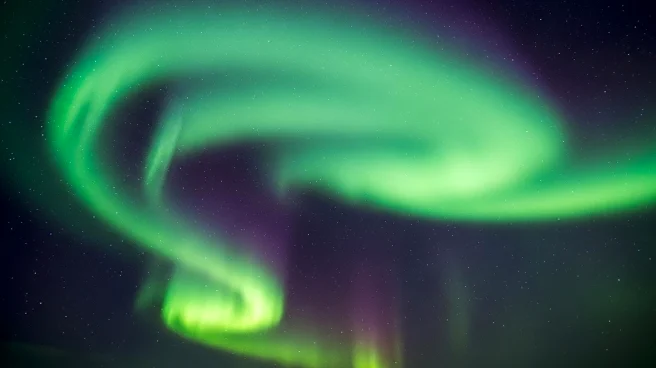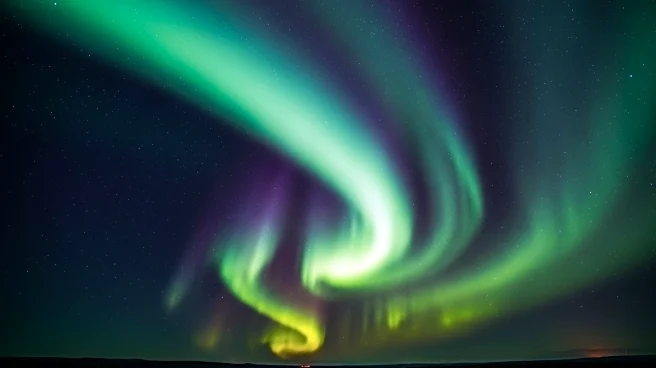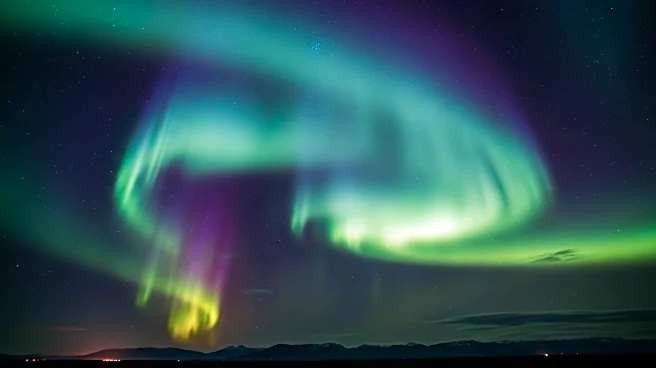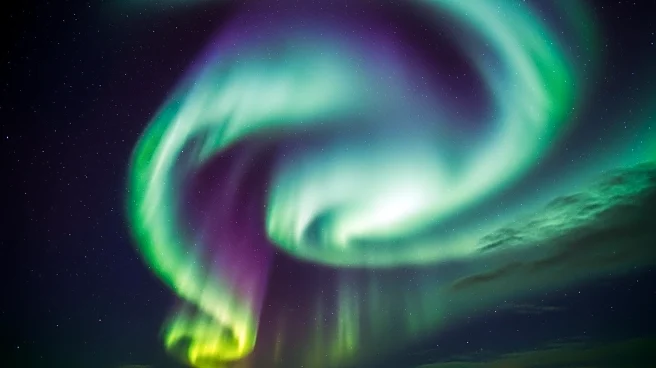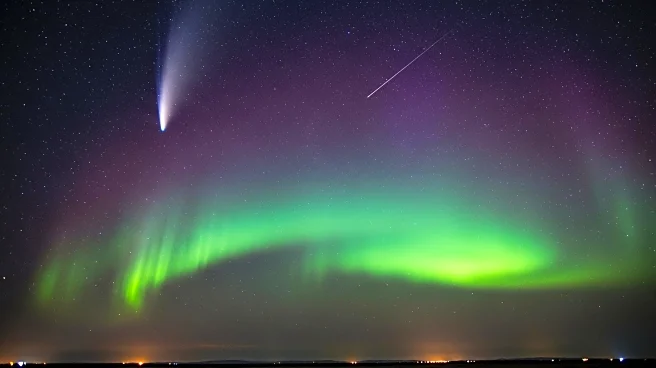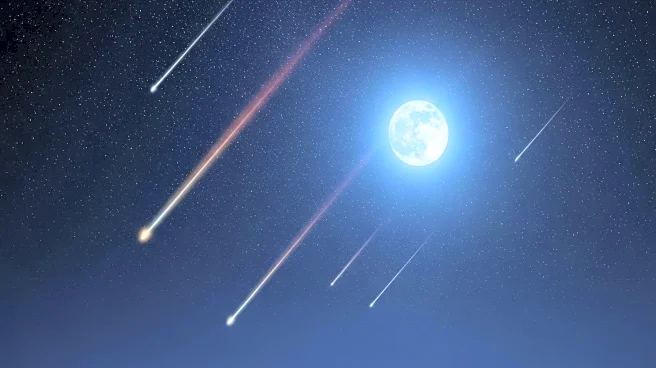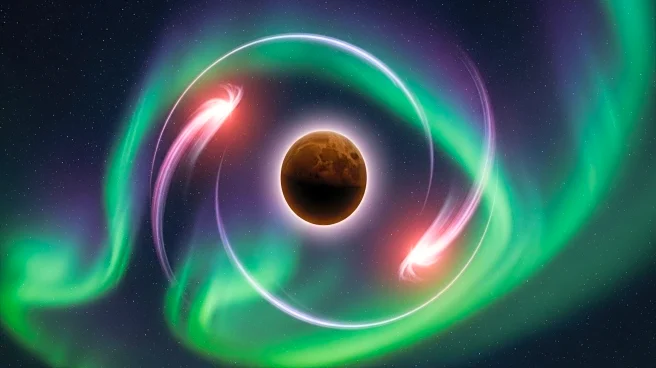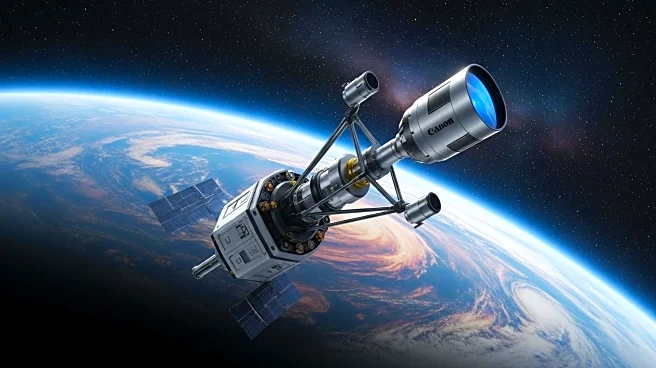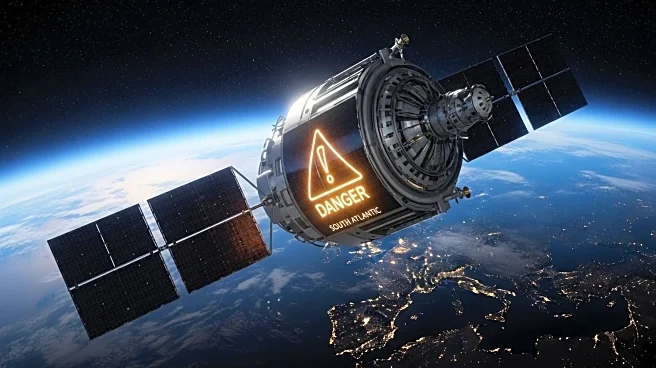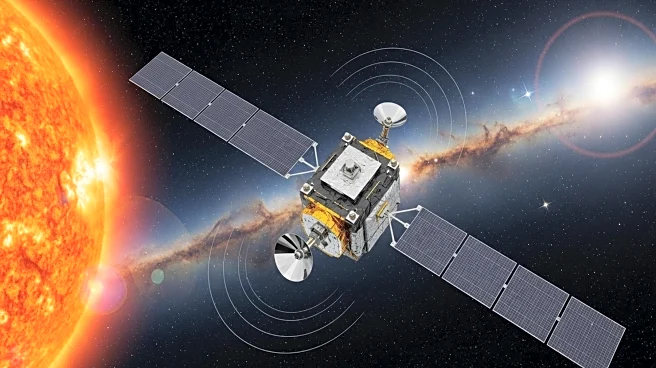What's Happening?
As the sun enters a turbulent decline following the peak of solar maximum, aurora activity is expected to increase over the next two years. Solar physicists, including Pål Brekke from the Norwegian Space Agency, predict heightened auroral displays due to the sun's 'last gasp' finale. This phase is characterized by increased geomagnetic storms caused by long-lived coronal holes and solar eruptions. The overlap between the cycle's 'light side' and 'dark side' results in complex space weather, offering aurora chasers multiple nights of potential displays.
Why It's Important?
The anticipated increase in aurora activity presents opportunities for skywatchers and astrotourism, potentially boosting local economies in regions where auroras are visible. However, the geomagnetic storms associated with this solar activity pose risks to satellites, navigation systems, and communication technologies, which could face disruptions. Understanding and preparing for these impacts is crucial for industries reliant on space-based infrastructure. The event highlights the need for continued research and monitoring of space weather to mitigate potential adverse effects.

